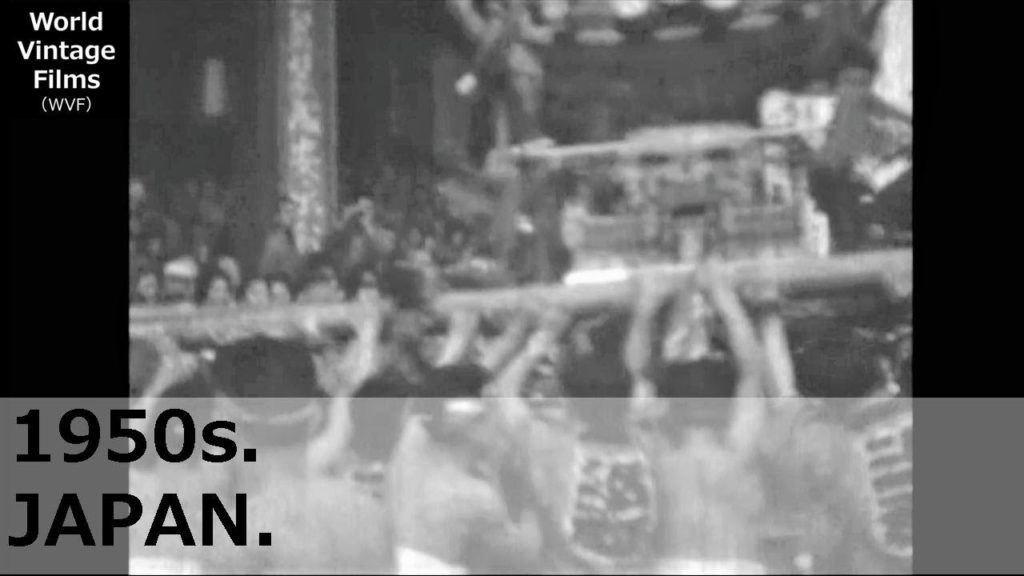Japan in the 1950s
In the Japanese era, it corresponds to 1950 to 1959. Commercial broadcasting started (1951)
Main TV broadcast started (1953)
Showa Municipal Merger (1953-1959)
Daigo Fukuryu Maru Incident (March 1, 1954) –A Japanese pelagic tuna fishing boat was exposed to radioactive fallout from the US military’s Bikini Atoll hydrogen bomb test.
Godzilla movie release (November 3, 1954)
Toyota Crown released (1955)
City of Yokohama, Nagoya, Kyoto, Osaka, and Kobe moved to government-designated cities (1956)
Prostitution Prevention Law enacted (1956)
Tokyo Tower completed (1958)
Metric system implementation (1959)
Great damage caused by the Isewan Typhoon (1959) Great merger of cities, towns and villages in the Showa era (1953-1959).
The 1956 Economic White Paper described it as “no longer post-war,” and became a buzzword.
Economy
With the special demand from Korea in the early 1950s, from December 1954 (Showa 29) to June 1957 (Showa 32), a booming economy called “Kamitake economy” (quantity economy) (the beginning of the so-called high economic growth era) Will be) occur. After that, from July 1957 (Showa 32) to June 1958 (Showa 33), it fell into the “pot bottom recession” (pot bottom economy), but it continued from July 1958 (Showa 33) to 1961 (Showa 33). 36) There is a booming economy called “Iwato economy” that lasted for 42 months until December.
Start of high economic growth (after the Shinbu economy from 1954 to 1957)
1957: The reserve requirement system began, and there was a notification regarding restrictions on large loans.
1958: Issuance of a 10,000-yen note with Prince Shotoku on the surface began.
Jazz cafes and singing voice cafes are popular.
Kinokuniya, Japan’s first supermarket, opens.
1952 Japan Pearl Hall-Yoshimitsu Mitsuyasu (modernized industrial heritage)
1953 World Peace Memorial Cathedral-Togo Murano (Important Cultural Property)
1955 Hiroshima Peace Memorial Museum, Hiroshima Peace Memorial Park-Kenzo Tange (Important Cultural Property)
1955 Kumamoto Shinto Hospital-Mamoru Yamada
1958 Kagawa Prefectural Government Building –Kenzo Tange
1958 Kanto Medical Center Tokyo-Hideo Kunikata (Nippon Telegraph and Telephone Public Corporation, Building Department)
1958 Tokyo Tower-Tanaka Naito (registered tangible cultural property)
1959 National Museum of Western Art-Le Corbusier (Important Cultural Property)
In Japan, when we say simply “pre-war”, we usually refer to the period before the outbreak of World War II, starting with the attack on Pearl Harbor. The Japanese economy grew by leaps and bounds over a period of about 19 years, from 1954 to 1973, when the domestic postal code system and Euroclear were established in 1968, followed by rapid progress in bringing the bill clearing system online. In 1956, the White Paper on the Economy was published. During the period of rapid economic growth in the 1960s and 1970s, the economy benefited from special demand from the 1964 Tokyo Olympics and the 1970 Osaka World’s Fair. In 1968, the country’s gross national product (GNP) surpassed that of West Germany to become the second largest in the world. Bullet trains and expressways were built. Just before the 1970s, when Japan became a creditor nation, foreigners began to invest more in Japanese stocks. The Nixon Shock of 1971 led to a substantial revaluation of the yen, which corrected the excessive surplus in the balance of payments and contributed to economic stability.
About World Vintage Films
I’m doing a Youtube video of footage taken from the 1910s to the 1980s.The footage is original and was filmed by my family and my friends while they were traveling.That’s why most of the footage was shot in Japan.The first step in the editing process is to convert the video from analog to digital. Then I remove the unnecessary parts and add the original music and subtitles. We don’t want to hide the footage, so we don’t have many subtitles.Black and white footage may be converted to color.International and domestic travel around the world, before, during and after the war.We have over 10,000 films that have not yet been released to the public. We will continue to edit and distribute a few more in the future.There is a lot of valuable footage. Especially rare are old footage from less developed countries. At that time, the equipment for filming was rare. Pre-war footage of Japan is also valuable. Old cars and trains. There is also footage of airplanes shot from the sky. Towns and markets, and people. And people. Famous tourist spots and natural scenery. The fashion sense is also interesting and different from today. Enjoy the scenery in the old style.Mostly on 8mm, 16mm, 9.5mm, 35mm, etc. Newer types of video, such as VHS, are not covered.
(I translate in multiple languages, so my writing is poor.)
#1950s
#Japan
#Festival
BGM:MusMus


AloJapan.com